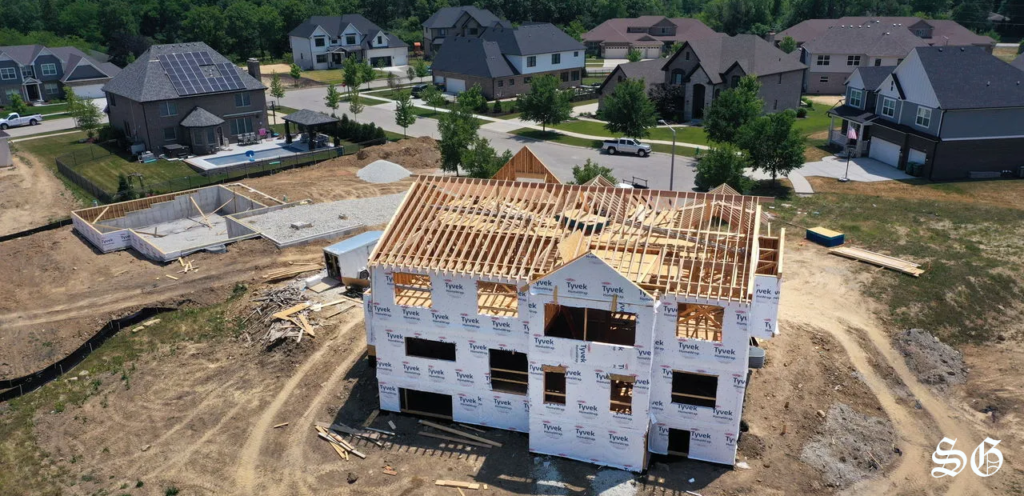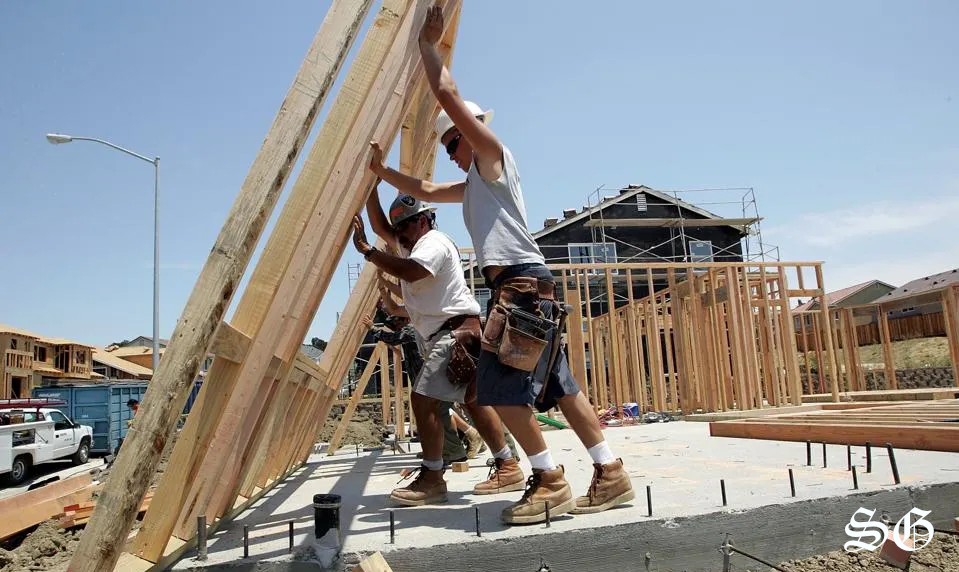Table of Contents

November Surge in U.S. New Home Sales Faces Headwinds from Rising Mortgage Rates
U.S. New Home Sales Show Rebound in November
Sales Surge Following Hurricane Disruptions
New home sales in the U.S. experienced a significant rebound in November, increasing by 5.9% to a seasonally adjusted annual rate of 664,000 units. This follows a period of subdued sales in October, which had been affected by hurricanes. The revised sales figure for October was also adjusted upward to 627,000 units from an initial 610,000.
Year-over-Year Growth
Compared to November of the previous year, sales of new homes rose by 8.7%. This reflects a positive trend for the housing market, despite recent challenges.
Mortgage Rates and Economic Outlook Pose Challenges for 2025
Rising Mortgage Rates
While November saw a surge in sales, rising mortgage rates could hinder the housing market in 2025. The average rate for a 30-year fixed mortgage climbed to 6.72% last week, following a slight decrease to 6.60% the week before. These higher rates could lead to affordability challenges for prospective homebuyers.
Federal Reserve’s Impact on Rates
The Federal Reserve recently lowered its benchmark interest rate by 0.25%, bringing it to a range of 4.25%-4.50%. However, the Fed has projected only two rate cuts in 2025, signaling that mortgage rates may remain elevated for the foreseeable future. This cautious approach reflects the ongoing resilience of the U.S. economy and persistent inflation concerns.

Uncertainties Loom for 2025 Housing Market
Potential Economic Influences
The Federal Reserve’s revised projections also account for uncertainties surrounding economic policies under President-elect Donald Trump’s administration. Potential changes, including tariffs, tax cuts, and immigration reforms, could influence inflation and, in turn, the housing market in 2025.
Long-term Mortgage Rate Outlook
With mortgage rates often following trends in the 10-year Treasury note, the yield on these notes recently hit a six-and-a-half-month high. This suggests that higher rates may persist, further influencing the affordability and dynamics of the housing market in the coming year.